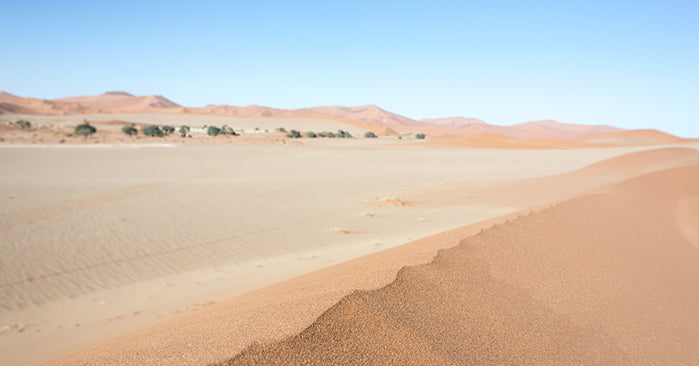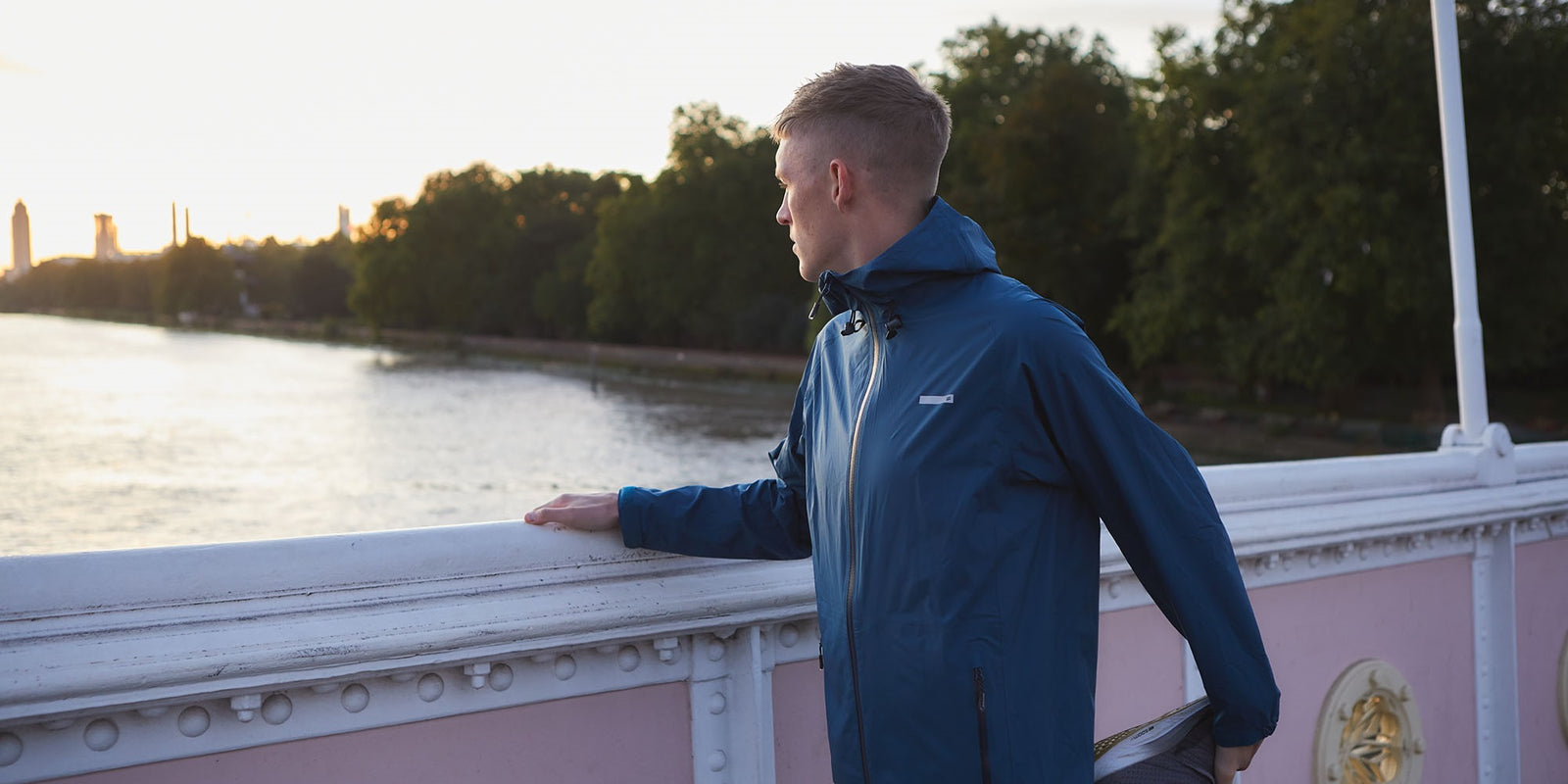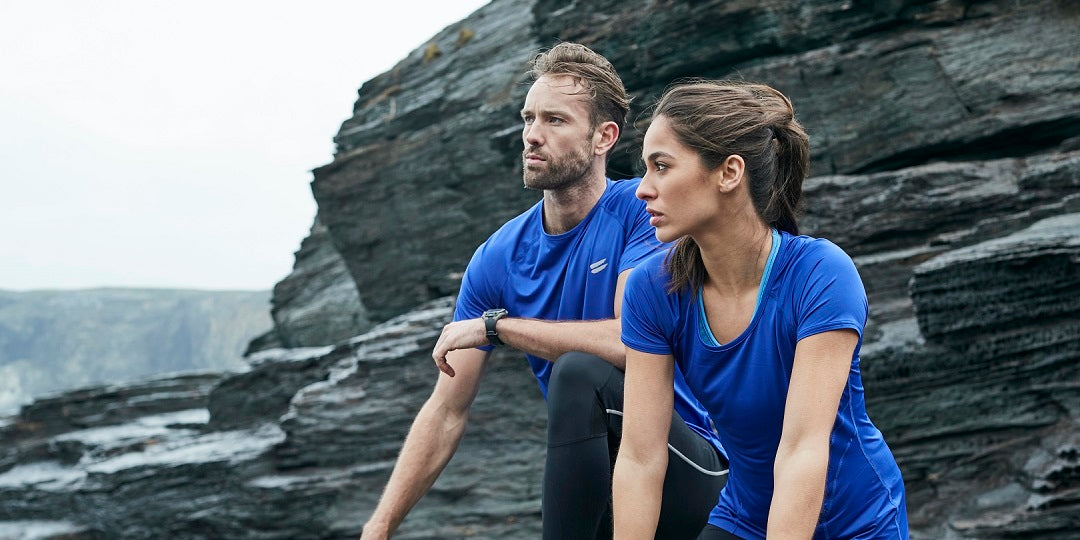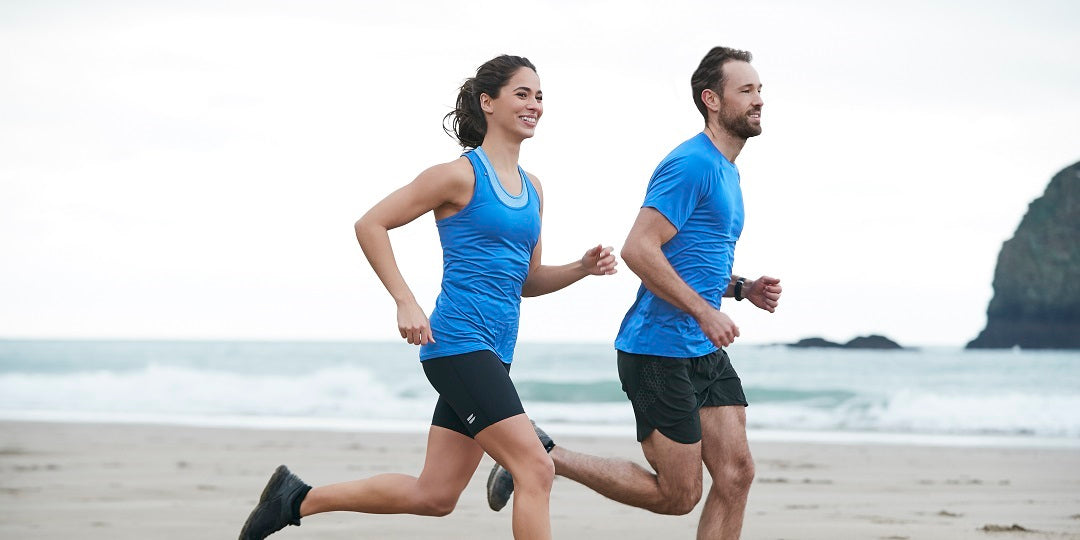In the earlier, younger, days of my fanatical fitness regime for the team sports that I was playing, where at my worst point I would train 3 times a day, which usually included 2 runs of at least 5 or 7 km, I had the mental approach of always running as hard as possible to try and beat my best time, always. When I started running longer distances, my first ever road run being a 16 km race, I had great difficulty trying to slow myself down in the starting few kilometres and, I would never stop during the run. I was still doing this when I ran my first marathon in 1985, and to show you how crazy I was in those days, I went straight from the finish line to go and play a cricket match where my team was playing in the end of season one-day final.
And then I learned two very valuable lessons that have benefited me greatly over the years and will benefit everyone greatly. When I started doing triathlons my first training programme consisted of 12 training sessions a week, 3 swims, 3 runs, 3 cycles, and 3 strength training, each of those 3 sessions was split into a slow (easy), medium, and hard (fast). A new way of training for me, and it made a massive difference to my performance, but I still wasn’t being very good at a third crucial and often very underrated and component of any training programme – recovery (more about this later).
The second lesson that I learned happened when I started to make the move away from triathlons to longer distance running, and to trail running - how to walk properly. In the beginning, this irritated me greatly. I was a much faster runner than these long distance plodders and slow coaches because all my running had been short distance and for team sports. We would run about 10 km, easy peasy, and then they would all stop at a water tap and loiter for a while, and then walk a bit. This was totally foreign to me. But then I learned the hard way, when I ran the 56 km Two Oceans Ultra, and about 10 km from the finish I found that I could only walk. It was only that magical part of all races, the cheering and applauding crowds at the end, and downright pride, that had the necessary effect and I managed to trot the last few km to the finish line. The lesson being, and I have never forgotten this – learn to plan when you will walk before it gets to the stage where you walk because you have to. A tip for new runners and novice marathon runners – walk at least every second water table.
When doing a desert run in extreme heat conditions, and running over a marathon every day for 5 days carrying a backpack of a few kilogrammes, this is an essential part of your make up. It is not advisable to try and run the entire distance without some breaks, and even unwise to try to do so. And now having said that, and remember that I said earlier on that often we don’t know what we don’t know, here’s an interesting experience that I had whilst running certain sections of the Namib desert. I discovered that if I stood still then the temperature hitting my body started to feel as if it was doubling. The temperature of the air around me was 38 degrees but then if I stood still this heat bounced back off the earth that I was standing on and it became even more unbearably hot. So in order to generate some air and some form of cooling on my body, I had to keep moving, and walking wasn’t good enough, I had to run to cool myself down.
And then there’s the most important factor, aside from the cooling requirement in the desert, regarding the need to factor in and plan where and when you will walk. And this comes back to that number one requirement to succeed in endurance events, the mind.






Leave a comment (all fields required)